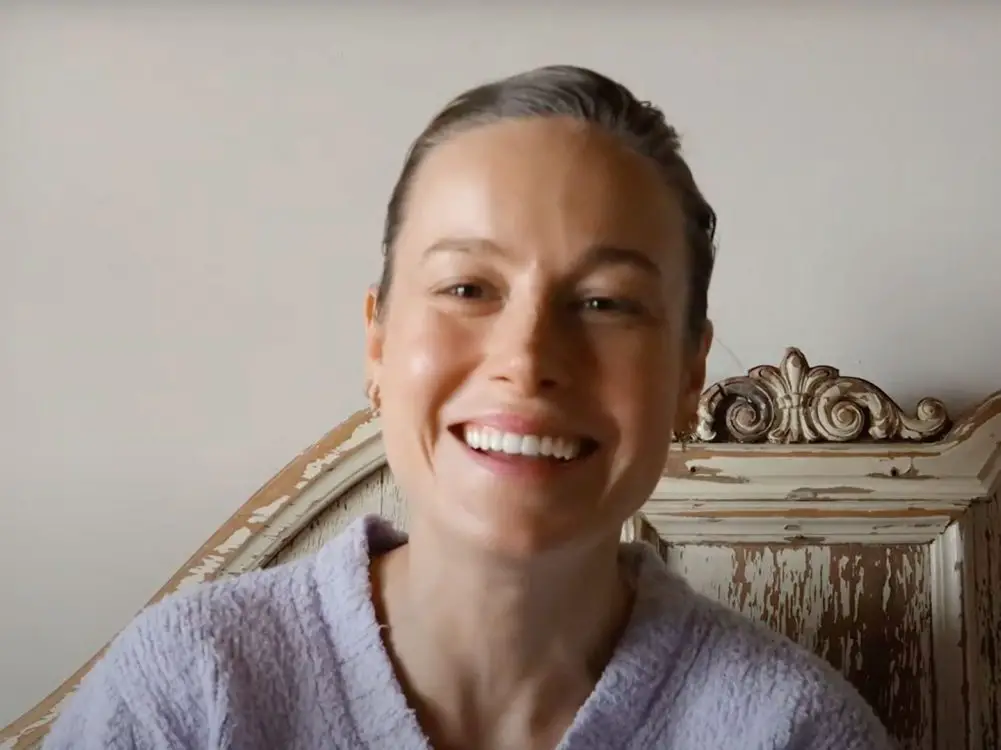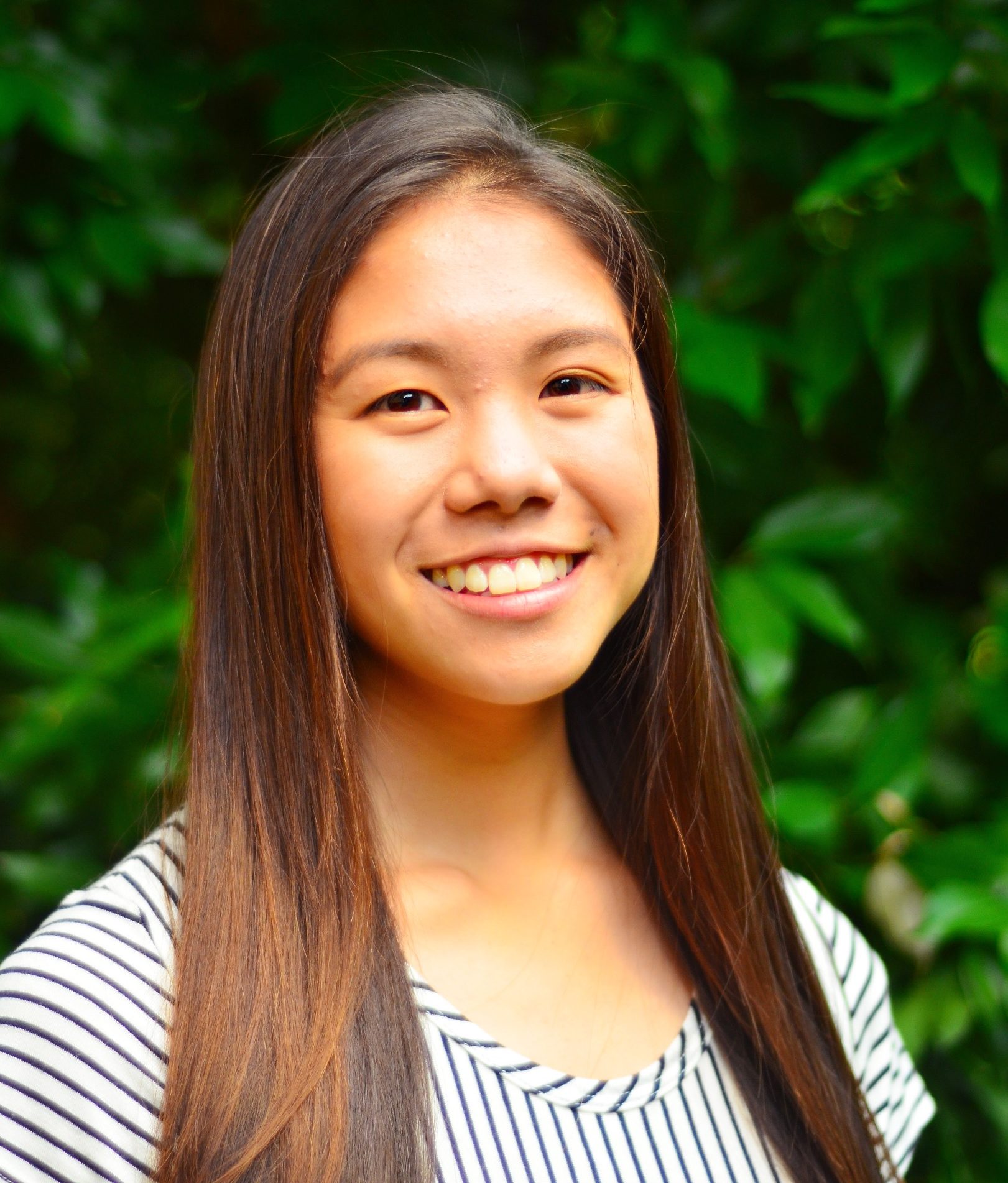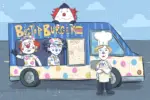When you’re Marvel’s newest female star and your feature movie grosses $1 billion worldwide, you can bet that your first YouTube video is going to receive a lot of views. But now more than ever, we’re seeing that with power and privilege comes great scrutiny.
Brie Larson, known for playing the mighty Captain Marvel, posted her first YouTube video, “So, I made a decision…,” two weeks ago. While the video immediately went viral, it simultaneously racked up over 100,000 dislikes and plenty of negative comments and video reactions.
What started as skeptical mutters of unwelcomeness evolved into unfiltered condemnation when other content creators, like Anna from That Star Wars Girl, revealed that Larson was flagging hateful videos and deleting comments. If Larson wants to use YouTube to improve her public image and portray a more authentic side of herself away from set, she needs to change her approach.
An Innocent Idea
Viewed on its own, the video is a fairly innocuous introduction to her channel. Larson resolves to use her platform for “good,” gushes about her nervousness and interviews fellow YouTubers for content ideas and tips. She was clearly trying to be relatable, but other YouTubers and commenters alike have called the video fake, idealistic and privileged.
Why the extreme backlash? While Larson didn’t necessarily say anything inflammatory (and clearly took steps to be politically correct), it seems her mistake lies in what she didn’t mention.
I can think of several important factors that could’ve triggered repulsion in so many viewers — they have a lot to do with race, class and celebrity status but also with constructing a likable online personality in general. Here are some considerations that Larson should’ve been more aware of and some ways she could’ve tweaked her approach to mitigate them.
A Recipient of Privilege
Understandably, lots of viewers are upset that a complete newcomer to the platform had the clout to land interviews with all the heaviest hitters on YouTube for her very first video. In a video of his own, The Critical Drinker said that Larson’s celebrity status enabled her to “become an overnight content creator instead of actually putting in the work needed to build up her credibility, respect and audience.”
There’s never a perfect time to start a YouTube channel, but the community’s comment sections have been particularly turbulent as of late. As America has woken up to systemic and implicit racism over the last few months, audiences have slammed long-time creators, like Shane Dawson and Jenna Marbles, with criticism for racist content they’ve created in the past.
As a celebrity recipient of white privilege, Larson is in a precarious position. Born into a wealthy family, Larson was able to attend acting school from age 6. By age 13, she had landed Disney acting gigs and signed a deal with Universal Records. She’s been in the public eye ever since. Her estimated net worth is between $10 million and $20 million.
To her credit, Larson does acknowledge her privilege in the video. “I’m a white woman with privilege on a platform; it just doesn’t make any sense to me to just make it all about me,” she said. But even with her confession, it’s tough to soothe the sting of catapulting onto YouTube’s trending chart with an instantly monetized video while thousands of other aspiring creators flounder in obscurity.
Reputation Reparations
Creating a YouTube channel also has the unmistakable benefit of bolstering Larson’s public image.
A bad reputation has plagued Larson ever since a fateful awards night acceptance speech for “A Wrinkle in Time” in 2018. Her controversial statements, aimed at increasing gender and racial representation in media, were misinterpreted as attacks on white male viewers. Since then, her condescending interviews and tense interactions with the “Avengers” cast only added fuel to the fire: Fans began to see Larson as haughty and domineering. While sensationalist articles and videos blew the incidents out of proportion, the rumors they created became sour additions to an already sticky reputation.
To say that Larson’s PR team has its work cut out for it would be an understatement. In light of this, taking to YouTube to display a more personable, laid-back side of her personality (all the way down to her Animal Crossing hobby) seems more like a calculated press move than a spontaneous impulse.
But according to critics, even the portrayal of relatability feels scripted. Larson’s repeated assertion that she wants to use her channel for “good” certainly seemed very thought out. The interactions with her grandma and mom, while cute, felt a bit more prepared than the impromptu call they were trying to portray (her mom said she “never” uses YouTube but just so happened to have looked up the platform’s most popular content ideas). Finally, the clean cuts, seamless musical transitions and polished end card made Larson’s video appear professionally made. It certainly didn’t look like an amateur’s first shot at iMovie.
Don’t get me wrong: Everyone knows that planning, scripting and editing are necessary steps to making any video of decent quality. It just feels a bit disingenuous that the video is geared toward conveying gawkiness when there’s clearly a production team working behind the scenes.
I’m not saying Larson should fire her video production team — but giving them some credit or mentioning the planning that went into her video might at least come across as more truthful.
Superhero Motivations, Ambiguous Plans
Larson makes it clear that she’s been keeping up with the news, and she expresses sympathy and solidarity with the Black community — albeit a bit vaguely. “There will be lots of deep conversations, anti-racist rhetoric and inclusive content,” she said. She also recognizes that Black voices should take priority in these conversations. “Those are the people with boots on the ground, doing this work … and you should hear it from them,” she continued. She links several Black activists in her description box to redirect her traffic to their channels.
So far so good, right? The thing is, after seeing so much performative activism from brands and influencers alike, consumers are tired of hot air claims. The ambiguity and difficulty with specifically acknowledging recent events can come across as empty ignorance or a showy shot at self-aggrandizement.
We can’t expect Larson to have her whole list of BIPOC interviews already planned out to share in her first video, of course. But perhaps it’s because she expressed these intentions that people are already demanding actionable steps for follow-through.
The Bottom Line
To appease a viewership that prizes transparency, I think Larson needs to take a page from fellow YouTuber Kelly Stamps’ book and acknowledge the clear financial incentive behind creating a channel as an already famous celebrity. Fame alone has already earned Larson 269,000 subscribers, and her first video was immediately monetized.
It’s 2020: We all know that no one makes a YouTube channel without considering its financial rewards. Maybe mentioning it isn’t the best way to go, but if she really wanted to use her channel for “good,” Larson could consider donating some of her proceeds to causes she supports.
Censuring Hate
Yes, it looks terrible to have almost as many dislikes as there are likes on your video. But if Larson truly wants to exude authenticity on her channel, flagging negative videos, removing comments and editing the number of dislikes isn’t the right strategy. Just like any other internet personality, Larson will have to continue taking the good with the bad, soldiering on despite the din.
Moving Forward: Working With the System
All in all, I hope the negative feedback doesn’t stop Larson from persevering to build her dream YouTube channel. While it’s true that she has a leg up over other content creators, that shouldn’t disqualify her from publishing her own content. Fame, privilege and bad press kind of come with being a celebrity — while Larson can’t change this, she can acknowledge her influence and then use it to create responsible content.
If she wants to gain trust and build an authentic, relatable online personality, Larson needs to address the elephants in the room.

















